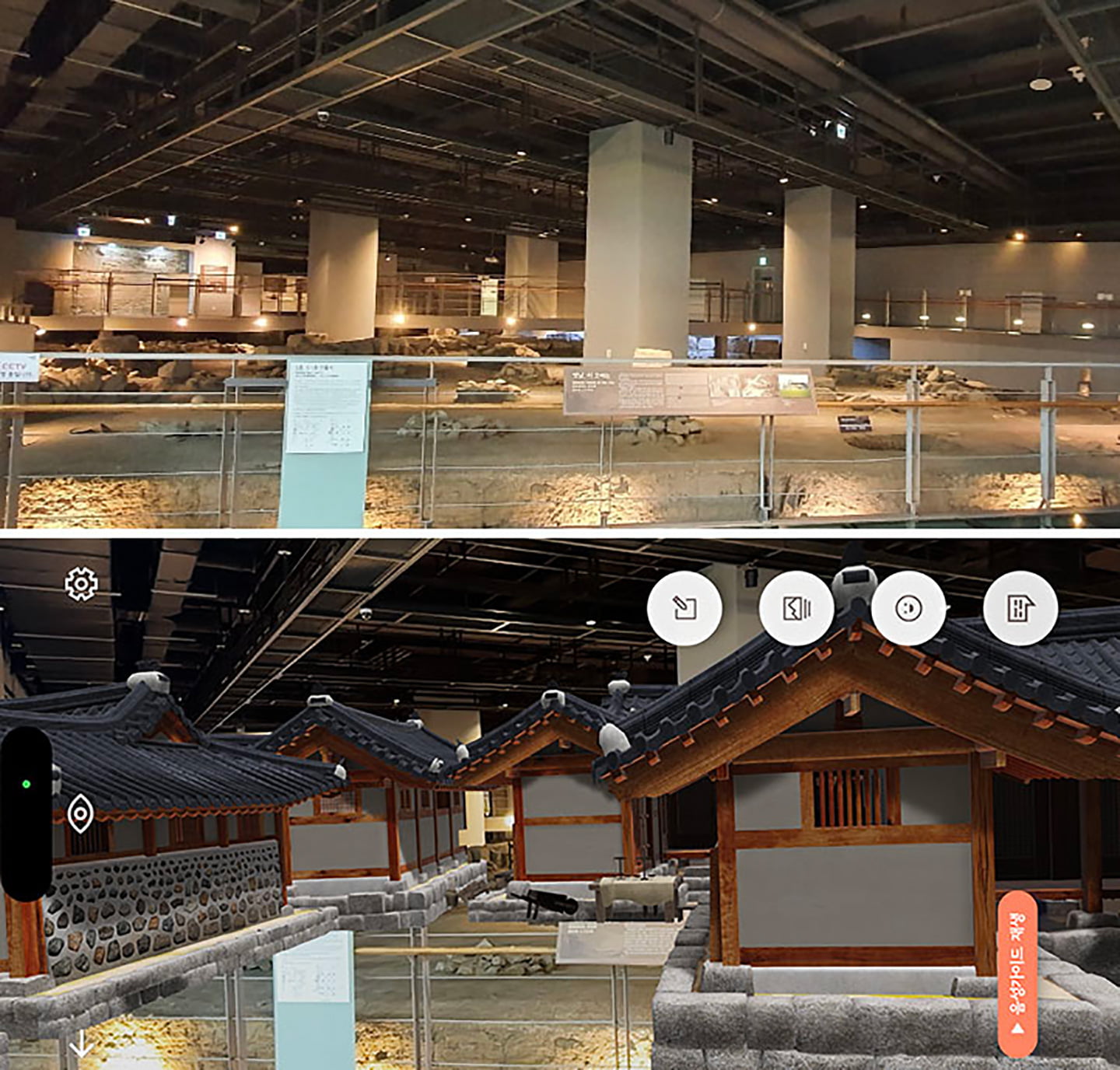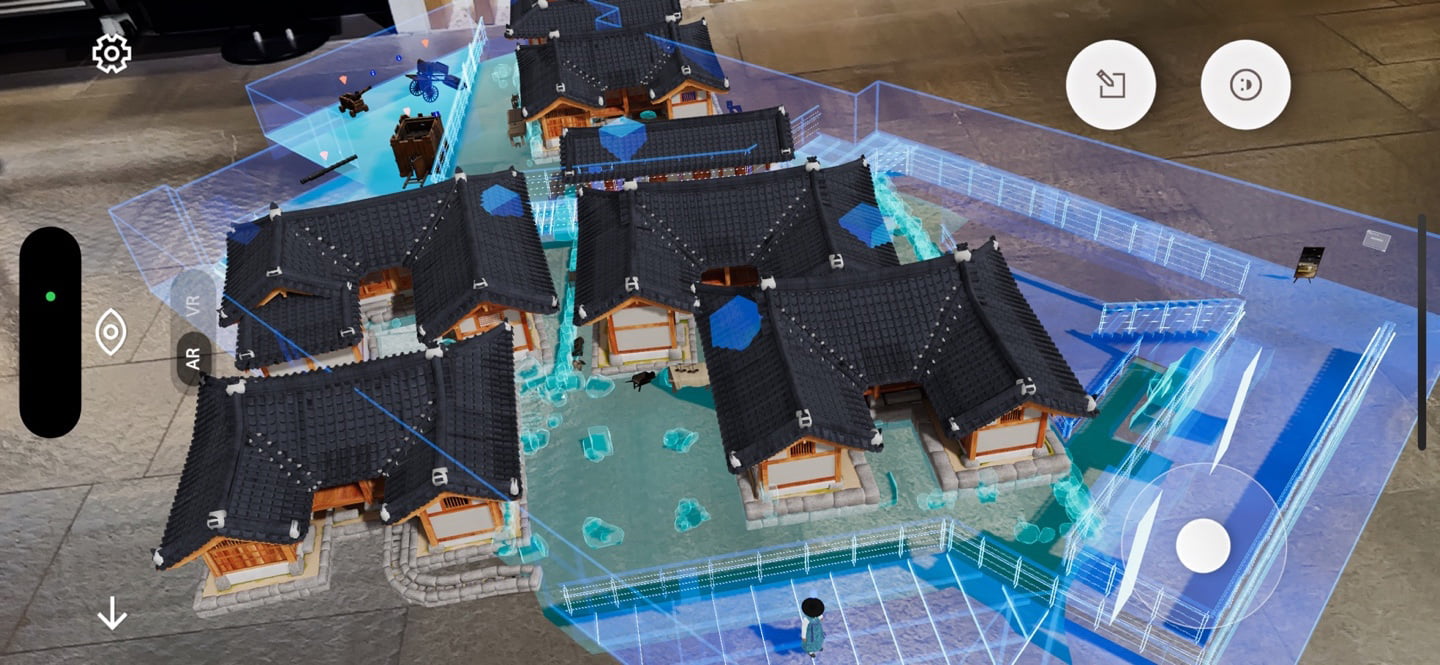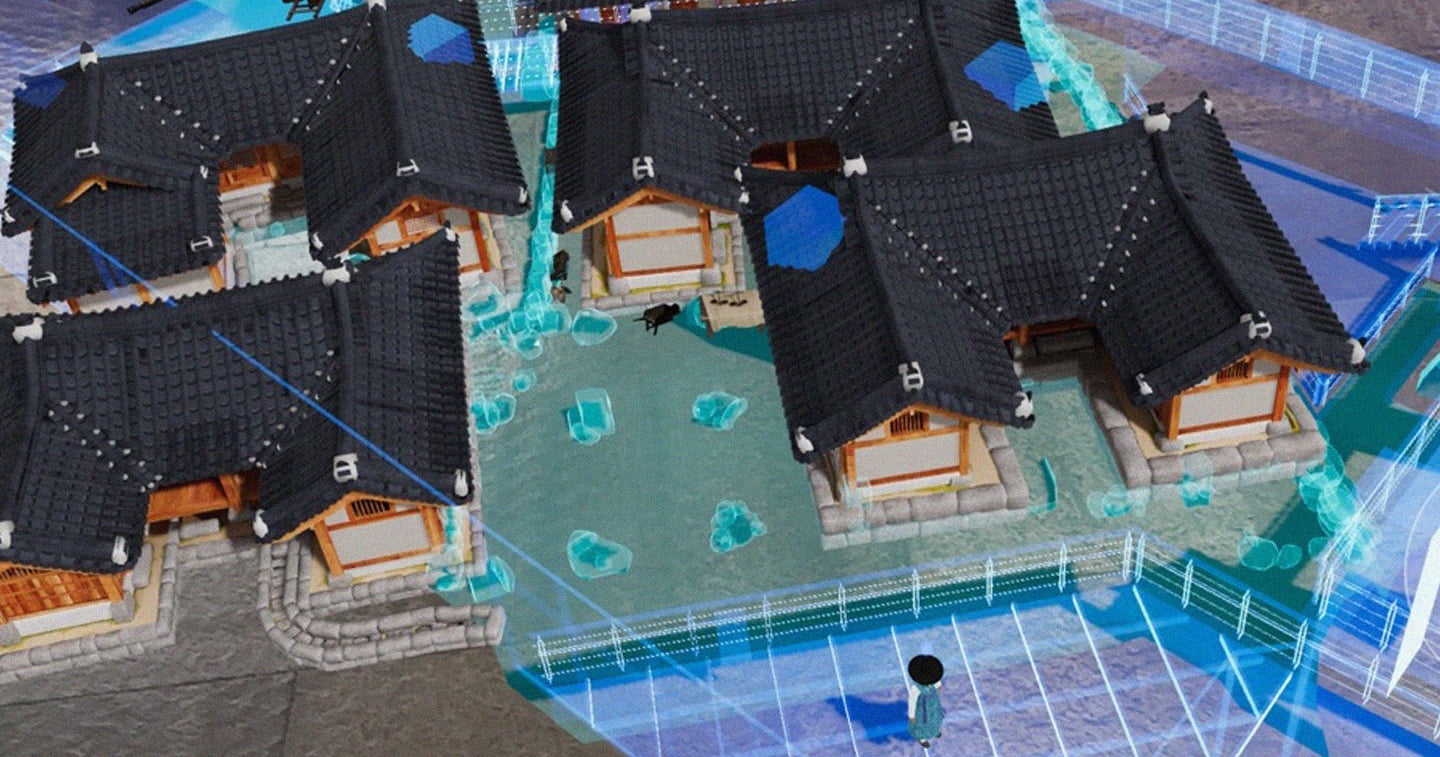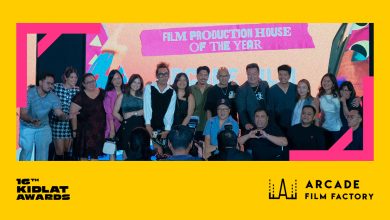SEOUL, SOUTH KOREA – Gungisi, an ancient weapons manufacturing facility during the Joseon Dynasty, has been virtually restored 140 years after its destruction. Gungisi was founded at the same time as the establishment of Joseon in 1392, and was merged with a machine agency established in 1884, or year 21 of King Gojong’s reign, for modern weapons manufacturing. It was later destroyed during Japanese colonial rule after the Imperial Korean Armed Forces were disbanded, but many artifacts were recovered during excavation for the construction of the new Seoul City Hall in 2009.
Creative agency Cheil Worldwide, in collaboration with the Cultural Heritage Administration, Seoul Metropolitan Government, and woomihope.org, will hold an event to commemorate the digital restoration of the Gungisi and the unveiling of a new cultural heritage metaverse in the Gungisi Relics Exhibition Hall at Seoul City Hall on the morning of the 15th, offering the public its first opportunity to see the newly restored Gungisi.
The project marks the second collaboration between these four public and private organizations, following the successful restoration of the Donuimun Gate (Also known as Seodaemun, or West Gate) in AR and VR in 2019. The restoration project is especially meaningful as it is the first digital restoration of a Joseon Dynasty central government office.
In July 2021, Cheil Worldwide signed an MOU regarding Cultural Heritage Protection and the Promotion of Culture and Tourism Education Content with the Cultural Heritage Administration, Seoul Metropolitan Government, and woomihope.org. This marked the start of the Gungisi restoration project. In February 2022, an academic forum was held to conduct comprehensive research and exploration of Gungisi, and the findings were used as a basis for the restoration.

The project, which took a year and a half to complete, was a collaborative effort between the four organizations. Cheil was responsible for planning and developing the metaverse app as well as the AR and VR content, while the Cultural Heritage Administration conducted historical research. The Seoul Metropolitan Government provided a space for the exhibition and the operational personnel, and woomihope.org provided financial support. In addition, various academic experts, including professor Wang-jik Kim of Myongji University and professor Wang-moo Lee of Kyonggi University, served as advisors to the Administration. A variety of small yet innovative tech companies also contributed to the reproduction of the original building.
The restoration project is particularly impressive thanks the development of a heritage metaverse application called “Gongjon,” which means coexistence in Korean. It lets users experience the virtually restored cultural heritage anytime and anywhere.
Visitors to the Gungisi Relics Exhibition Hall, located on B1 of the new Seoul City Hall, can use the app to see the original beauty of the Gungisi building during the Joseon era and witness craftsmen making weapons in AR. They can also launch weapons in AR, such as Singijeon and Daejanggunjeon, that are difficult to see in real life. Additionally, the VR experience zone offers “History VR,” enabling a virtual time travel to the Joseon era that explains the history of Gungisi, and “Cinematic VR,” which provides a virtual experience of the Battle of Haengju (1593) where weapons made by Gungisi were used.

The Gungisi restoration project offers a unique experience through the introduction of the metaverse. With the “Gongjon” app, users can build their own avatar to explore the virtually restored Gungisi building and its weapons without having to visit the exhibition hall.
“What sets this project apart is the coexistence between the physical and digital aspects of cultural heritage. This seamless interaction between the physical relics displayed at the exhibition hall and the digital restoration creates a dynamic experience that allows visitors to move between the virtual world and reality,” said a representative from Cheil Worldwide. “We are committed to supporting the development of historic tour resources that bridge the gap between online and offline experiences.”








